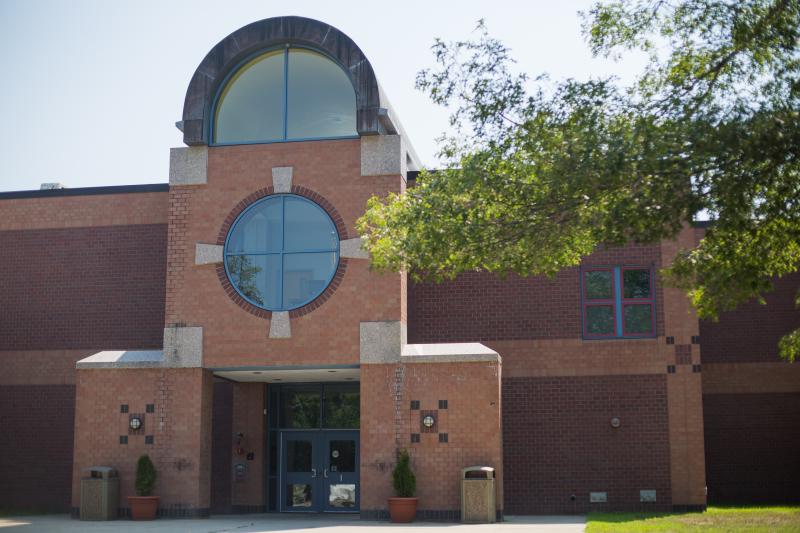High School to no longer provide free meals for all students
Wareham High School will no longer give all its students free breakfasts and lunches this school year, due to new state processing methods that determine the district’s eligibility to offer the meals free of charge.
Wareham entered the state’s Community Eligibility Program last year. The program allows schools with high poverty rates in their student populations to offer free breakfasts and lunches to all students. Last year, all Wareham schools qualified for the program. This year, based on a state audit, the high school did not, according to Wareham Schools Business Manager Michael Macmillan.
“It has to do with how we were inputting the data into the software, and getting it back, and lack of clarity in the system,” MacMillan said. “Those numbers were incorrect.”
Starting in the fall, the old system will resume, with slightly higher prices for students who do not qualify for either a free meal or a reduced-price meal. This year, unqualified students will have to pay $1.50 for breakfast, and $2.70 for lunch. Students who qualify for a reduced rate will pay $0.30 for breakfast, and $0.40 for lunch.
Two years ago, prior to the district entering the program, students paid $2.50 for lunch. The rationale behind the higher cost, MacMillan said, is that the state does not want the federal reimbursement the school receives from reduced rate and free meal students to subsidize the students who can afford to pay for the meals.
“They want us to break even with each meal,” MacMillan said. “You can make money, but it has to be reinvested in the program. They don’t want you to make a profit.”
The school was reimbursed $3.10 for every free meal, and $0.40 for every paid meal it provided to students two years ago.
The program enters students into the free meal program using a process called ‘direct certification,’ which skips the paperwork portion of entering students into the federal program. However, MacMillan said that if some of the school’s information versus the federal information about a student is off, they may not have made it into the program, which is where part of the issue lies.
“Say we have the names slightly different than on the state record,” MacMillan said. “We may not get a match. We are constantly working on cleaning up the data.”
But this does not mean these students are ineligible. In order to get a free breakfast and lunch, MacMillan said students who did not make it into the program using the state’s direct certification system, but who are low-income enough to qualify for either the reduced rate or free meal program, will have to fill out paperwork so the state may place them in the program.
MacMillan said that the new fees will not impact the food served and he believes the rate of students buying lunch at the schools to be the same as it was two years ago, but also expects a bit of a “challenge.”
“We will have to try to persuade people who won’t get a free lunch to spend money,” MacMillan said. “We will still be providing high-quality, nutritious meals.”
MacMillan said they will try to get the free meals back, but, after a point “it is out of our control.”
“As student demographics change, we may or may not get the program again,” MacMillan said. “As new students come in, we are trying to put as many in as possible, so we can get a free lunch again at the high school.”














